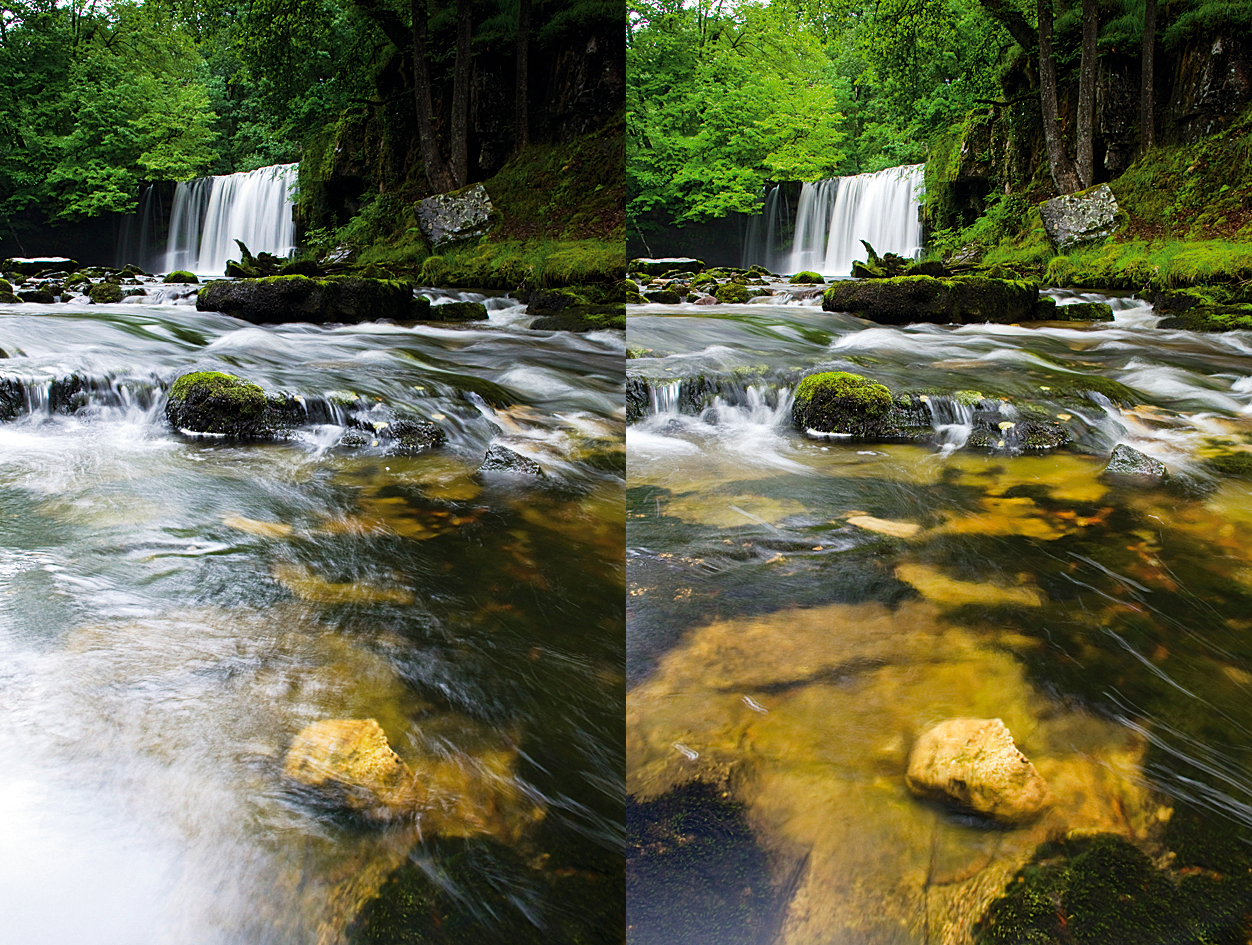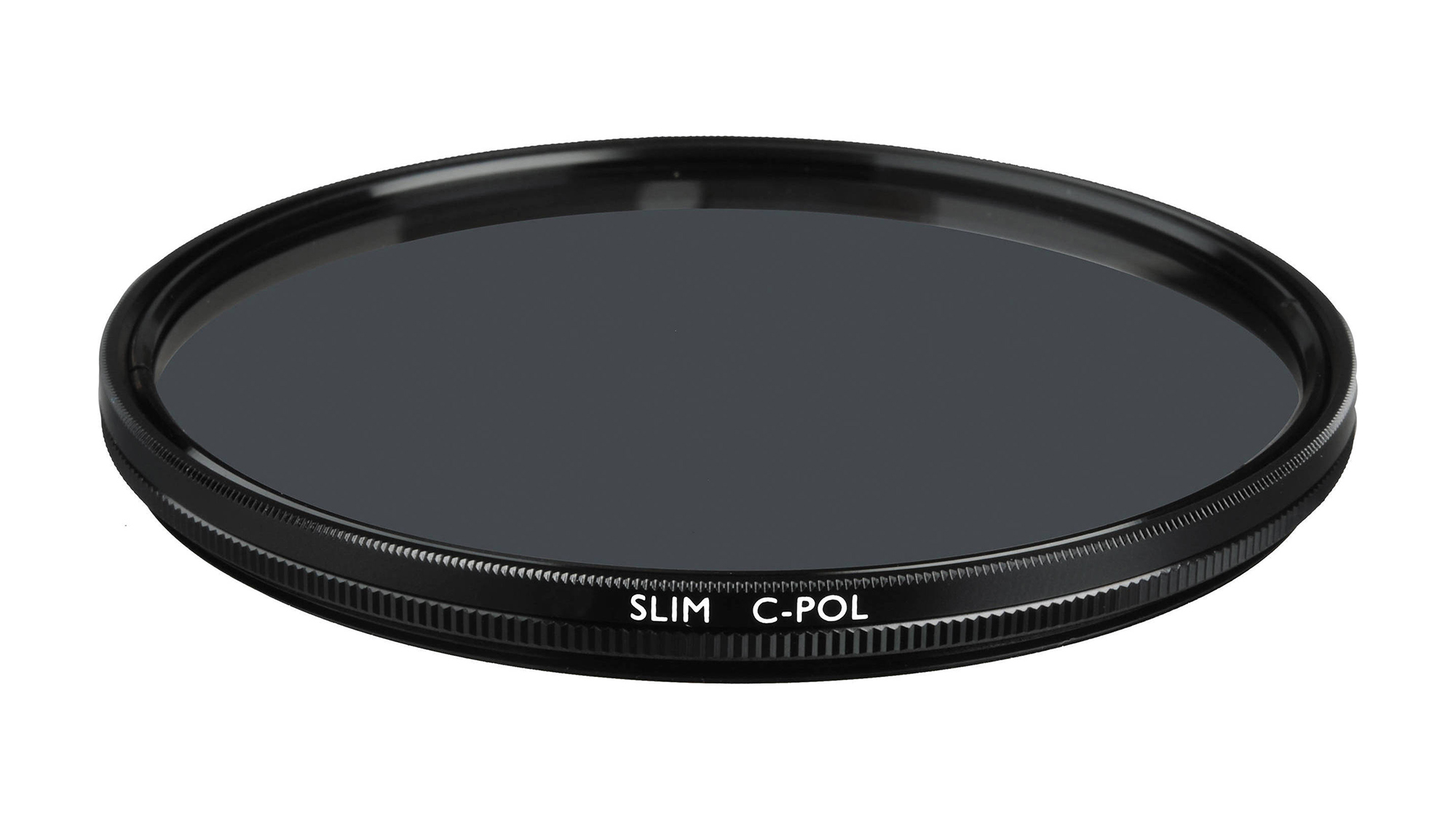5 essential photography filters (and why you can't live without them!)
Photo filters every photographer should own
Essential photography filters: 2. Polarising filter

What's it for?
Increasing color saturation and reducing reflections in non-metallic objects
What's the technique?
Polarising filters come in a rotating mount, as their effect varies as you turn the filter. So, once you've attached the polariser, and framed your shot, you need to slowly rotate the filter while watching the effect through the viewfinder or using your camera's rear screen in Live View mode.
You will see reflections in non-metallic objects such as water or glass appear and disappear as you rotate the filter.
The filter will also increase the color saturation, and darken blue skies, giving greater contrast between any sky and clouds.
This isn't always immediately obvious, especially through the viewfinder, so you might need to rotate the filter more than once to judge the best orientation for the effect that you want.
Get daily insight, inspiration and deals in your inbox
Sign up for breaking news, reviews, opinion, top tech deals, and more.

The effect is usually at its most obvious when you're shooting at right angles to the sun, rather than with the sun behind or in front of you.
When using a polariser on a wide-angle lens, particularly if you're shooting blue skies, you need to watch-out for darker 'bands' appearing in the sky due to the polariser darkening the sky unevenly.
If this occurs you should rotate the filter until this disappears, or even consider removing the filter altogether.
Round or square?
As you need to rotate the filter to adjust the effect, polarisers are most commonly found in the round, screw-in design, which is why they're often referred to as circular polarisers, or CPLs.
They're available for some square filter systems, such as the Cokin P series, though. There are also polarisers available for systems such as the Lee 100mm system, either as a standard square version or a 105mm round filter that fits on a circular mounting ring in front of the holder.
The latter are perfect for using with graduated neutral density filters, but they're very expensive.